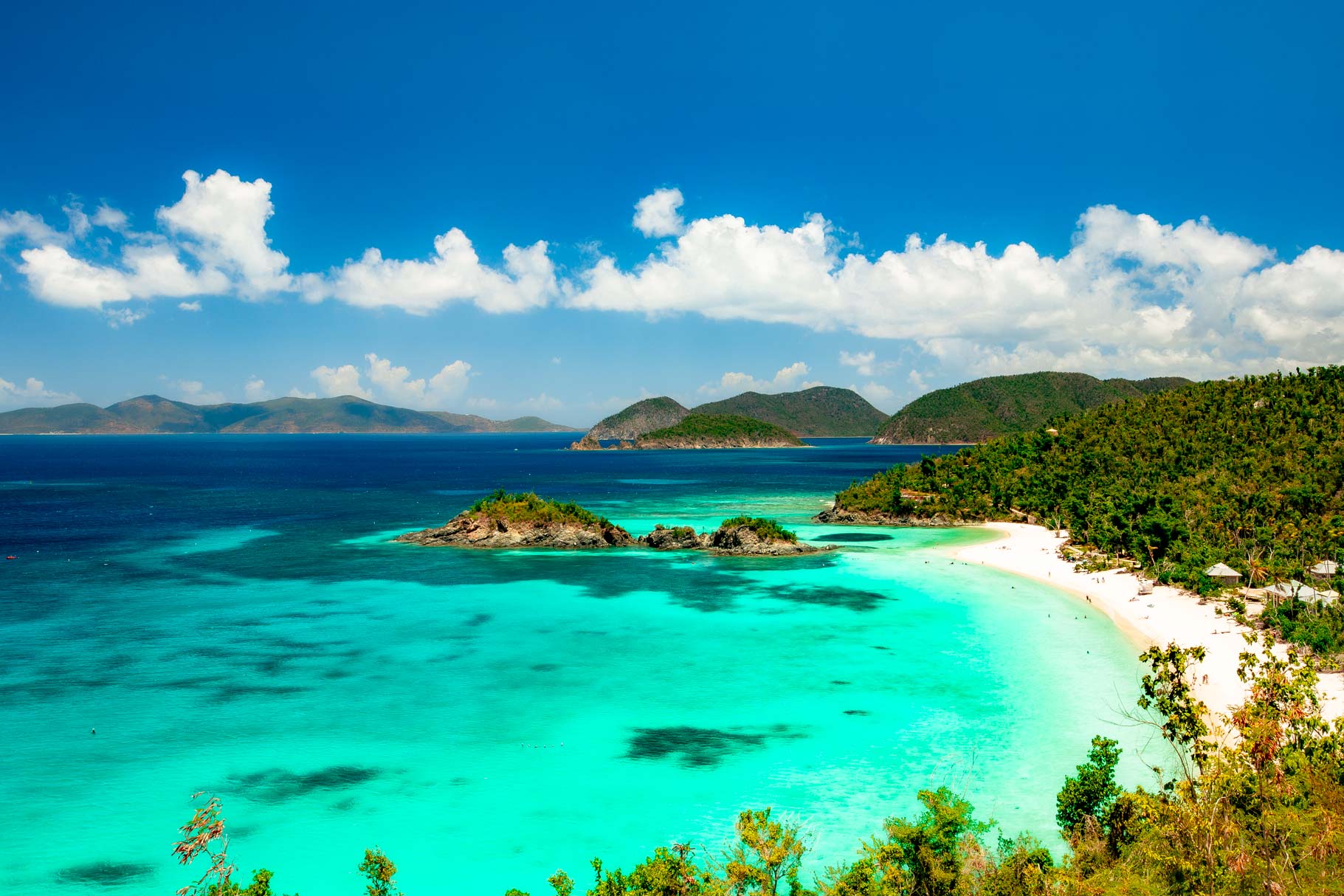
Article Overview: Virgin Islands National Park Facts
Virgin Islands National Park Facts! In this article, we provide you with 10 amazing facts about one of America’s most magnificent national parks.
More Than Just Parks is your one-stop-shop when it comes to learning everything you’ll need to know about America’s national parks. We’ve got expert guides, beautiful photos, helpful tips, breathtaking films and so much more.
I’ve been to so many of these amazing places since retiring from teaching in 2018. Did I mention that I taught history? I spent a lifetime teaching about the history behind some of these natural wonders. Then I got to see them firsthand. And now I’m sharing some of the incredible stories about these beautiful places with you. It doesn’t get any better than that!
More Than Just Parks takes a deeper dive with its national park facts. We’ve done our homework so that you’ll get more than you bargained for.
Without further ado, let’s dive in.

Table Of Contents: Virgin Islands National Park
Virgin Islands National Park
- Facts About Virgin Islands National Park
- Virgin Islands National Park Facts
- Top 5 Virgin Islands National Park Facts
- 1. The Park Was Established In 1956 As A Gift From Laurance Rockefeller
- 2. Four Individuals Played An Indispensable Role In The Creation Of Virgin Islands National Park
- 3. The Park Has Several Beautiful Beaches, Including Trunk Bay, Which Is known For Its Snorkeling Trail
- 4. Virgin Islands Has Some Amazing Beaches
- 5. The Park Includes Several Amazing Historical Sites
- Top 10 Virgin Islands National Park Facts
- 6. Virgin Islands National Park Offers Some Amazing Hiking Trails
- 7. The Park Is Home To Some Endangered Species
- 8. Virgin Islands National Park Is Home To A Wide Variety Of Plant & Animal Life
- 9. The Park Has Been A Prime Filming Location For Hollywood
- 10. More Than Just Parks Made A Stunning 3-Minute Tour Of Virgin Islands National Park
- Why Trust Us About Virgin Islands National Park?
- Meet The Parks Brothers
- Map Of Virgin Islands National Park
- List Of Virgin Islands National Park Facts
- We Hope You’ll Follow Our Journey
- Helpful Articles
- Top 5 Virgin Islands National Park Facts
Facts About Virgin Islands National Park
Virgin Islands National Park is a United States National Park that is located on the island of St. John in the United States Virgin Islands.
The park covers about two-thirds of the island and is home to a wide variety of plant and animal life, as well as several historical and cultural sites.
Its beaches, reefs, and forests are popular with visitors for activities such as hiking, snorkeling, and picnicking.
The park also includes several historical sites, such as the Annaberg Sugar Plantation and the Caneel Bay Plantation, which offer a glimpse into the island’s past.
Virgin Islands National Park is known for its beauty and ecological importance. It’s a popular destination for both tourists and researchers.
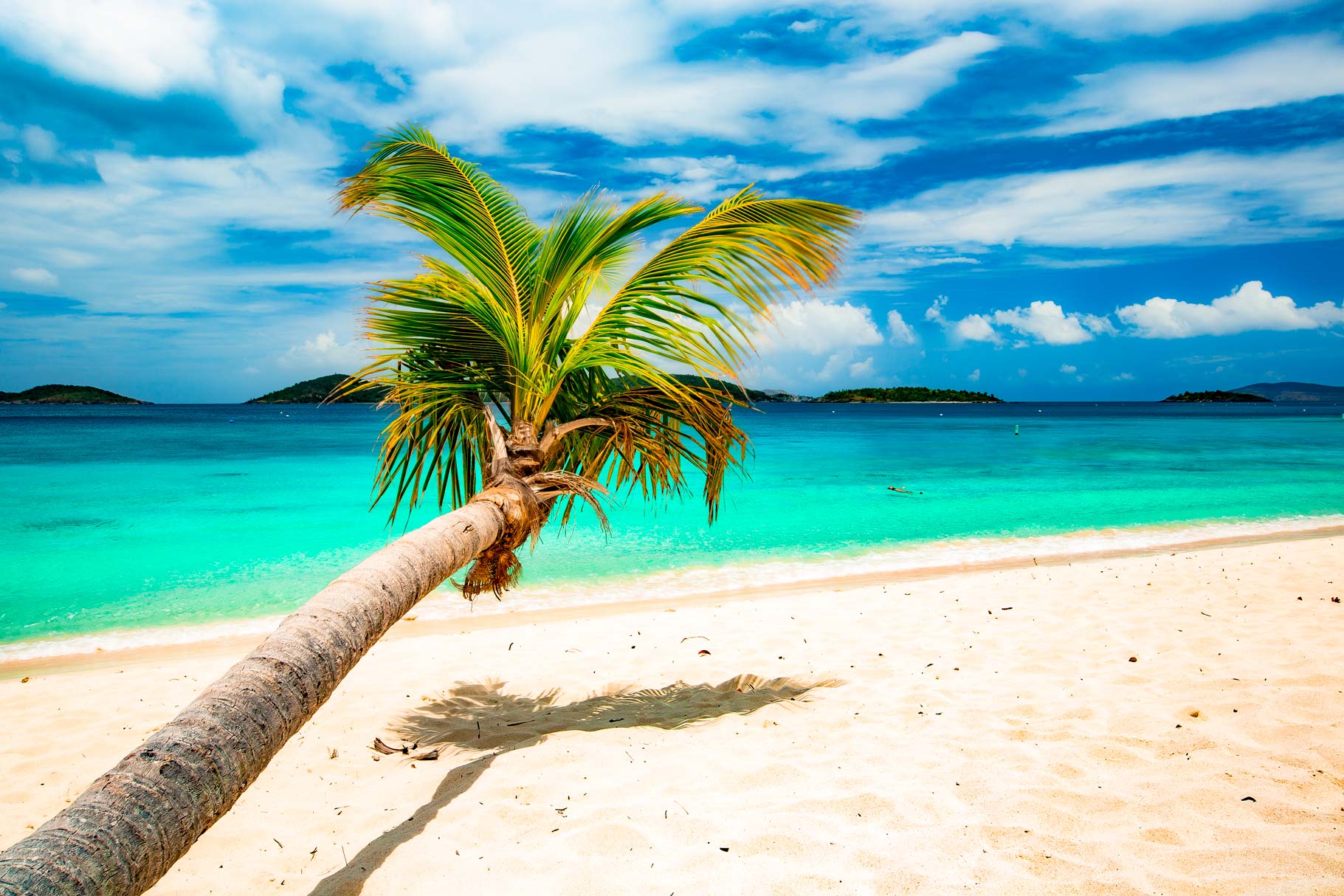
Virgin Islands National Park Facts
Top 5 Virgin Islands National Park Facts
1. The Park Was Established In 1956 As A Gift From Laurance Rockefeller
As a retired history teacher and lifelong history buff, I am fascinated by the stories of the men and women who helped to bring about America’s national parks. One of the most fascinating of the Virgin Islands National Parks Facts has to do with one of these people – Laurance Rockefeller.
The establishment of Virgin Islands National Park on St. John Island was a process that took over 20 years. Interest in setting aside St. John as a park began as early as the 1930s during the term of Dr. Paul Pearson, the first civilian Governor of the Virgin Islands.
Dr. Pearson saw it as a way to build the tourist trade and help the economy. However, these early efforts failed for various reasons, including the turmoil in Europe in the late 1930s and the onset of World War II which halted all efforts to establish a park in the 1940s.
It was not until December 1, 1956, in a ceremony attended by 900 people that Laurance S. Rockefeller formally presented the deeds to 5,086 acres of St. John land to Fred Seaton, Secretary of the Department of Interior and America’s 29th National Park was officially established.
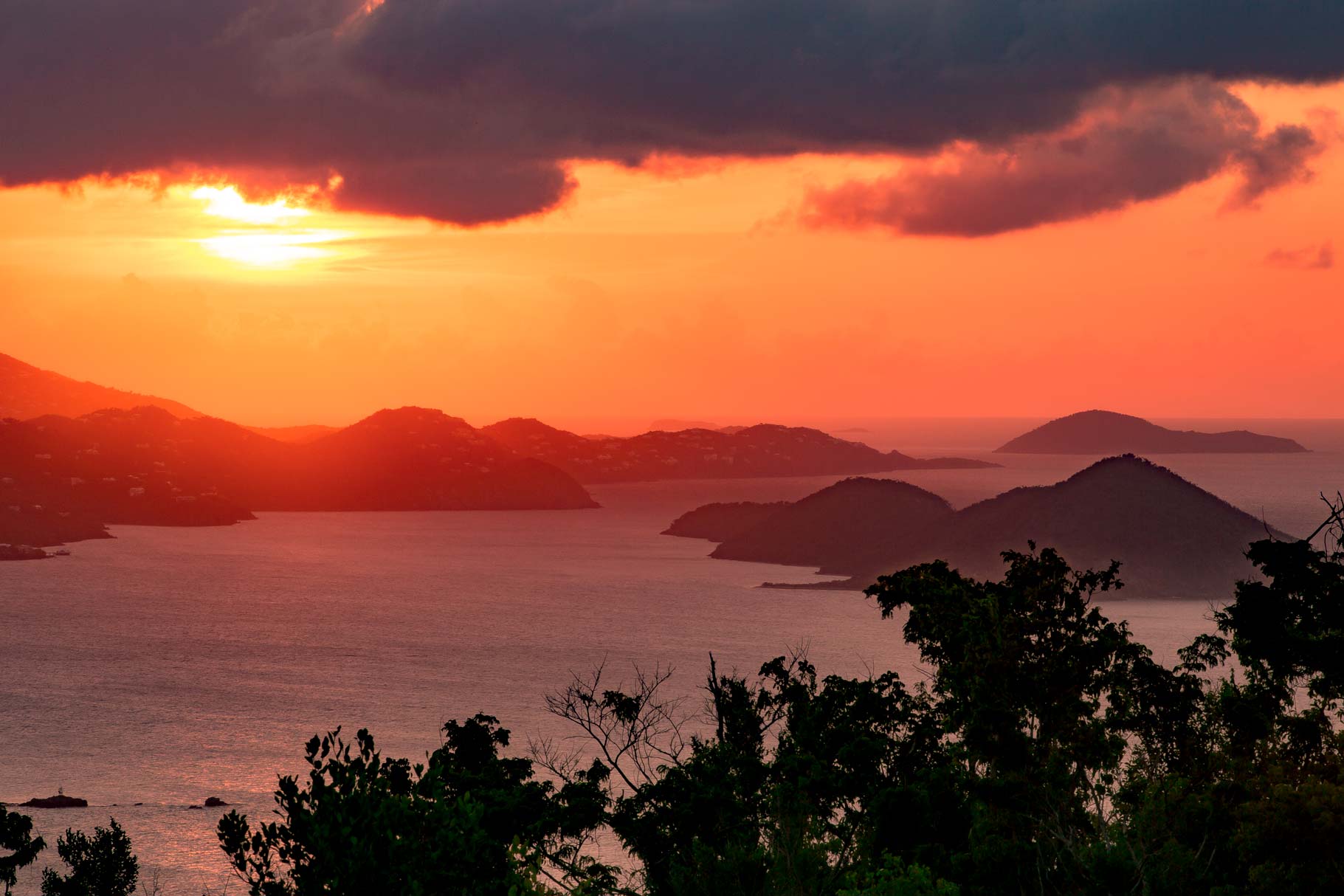
CHECK OUT: 12 Amazing Things To Do In Virgin Islands National Park
2. Four Individuals Played An Indispensable Role In The Creation Of Virgin Islands National Park
When it comes to the creation of Virgin Islands National Park, there were four individuals who would play an indispensable role. The first was Laurance Rockefeller. So, who were the other three?
Frank Stick
Frank Stick, born in the Dakota Territory in 1884, was an accomplished illustrator, a conservationist and developer.
Stick moved to the Outer Banks of North Carolina in the 1920s and was instrumental in having land set aside for the Wright Brothers Memorial, the Fort Raleigh National Historic Site and the Cape Hatteras National Seashore Park.
On May 30, 1954, Frank Stick wrote an extensive letter to Archie Alexander, governor of the Virgin Islands. At the same time, he proposed the park idea to Laurance Rockefeller. It immediately resonated with Rockefeller, and they agreed to meet.
In September, meetings between Rockefeller, Frank Stick, and Conrad Wirth were held, and it was agreed to proceed.
At a meeting in November 1954, Frank Stick surprised the group with the news that he had, in fact, obtained purchase options for sufficient property to achieve the minimum requirement of 5,000 acres.
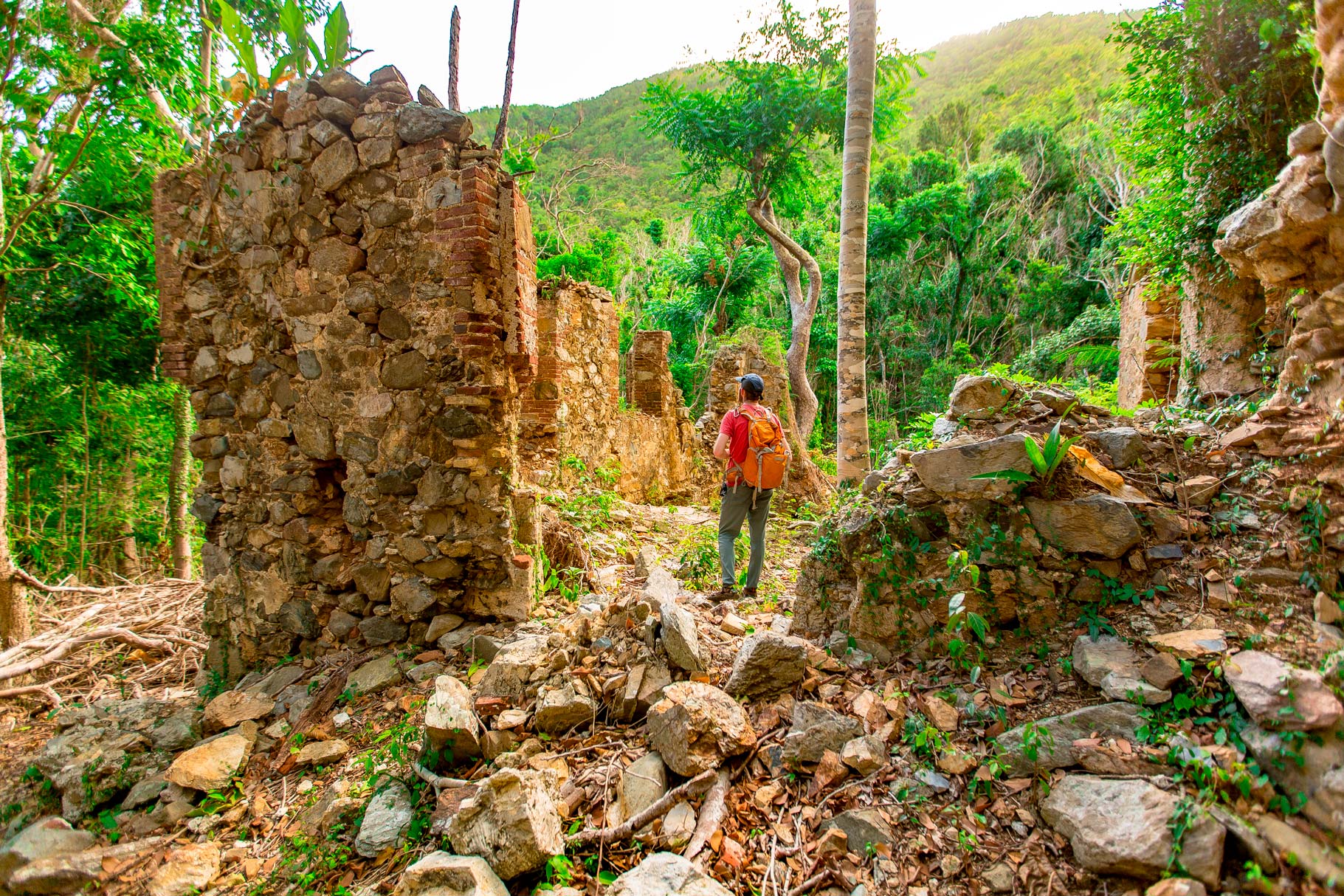
Conrad Wirth
Trained as a landscape architect and previously employed by the National Capital Park and Planning Commission, Conrad L. Wirth joined the NPS as an assistant director in 1931.
With the coming of the New Deal, he supervised the service’s Civilian Conservation Corps program in the state parks.
His administrative ability marked him to succeed Arthur E. Demaray, 5th National Parks Service Director, whom he served as associate director before advancing to the top job in December 1951. Shortly thereafter, Wirth requested an evaluation of St. John as a national park.
His crowning achievement was Mission 66, a 10-year, billion-dollar program to upgrade park facilities and services by the 50th anniversary of the NPS in 1966.
Harold Hubler
Harold Hubler began his career with the National Park Service in 1934, was head of the Civilian Conservation Corps program in the Virgin Islands in the 1930s, wrote a report on making Reef Bay a territorial park in 1938, and, in 1939, produced a report on making St. John a National Park or Recreational Area.
In the 1950s he would update the 1939 report and, in 1957, he became Virgin Island National Park’s first Superintendent. (Source: St. John Historic Society)
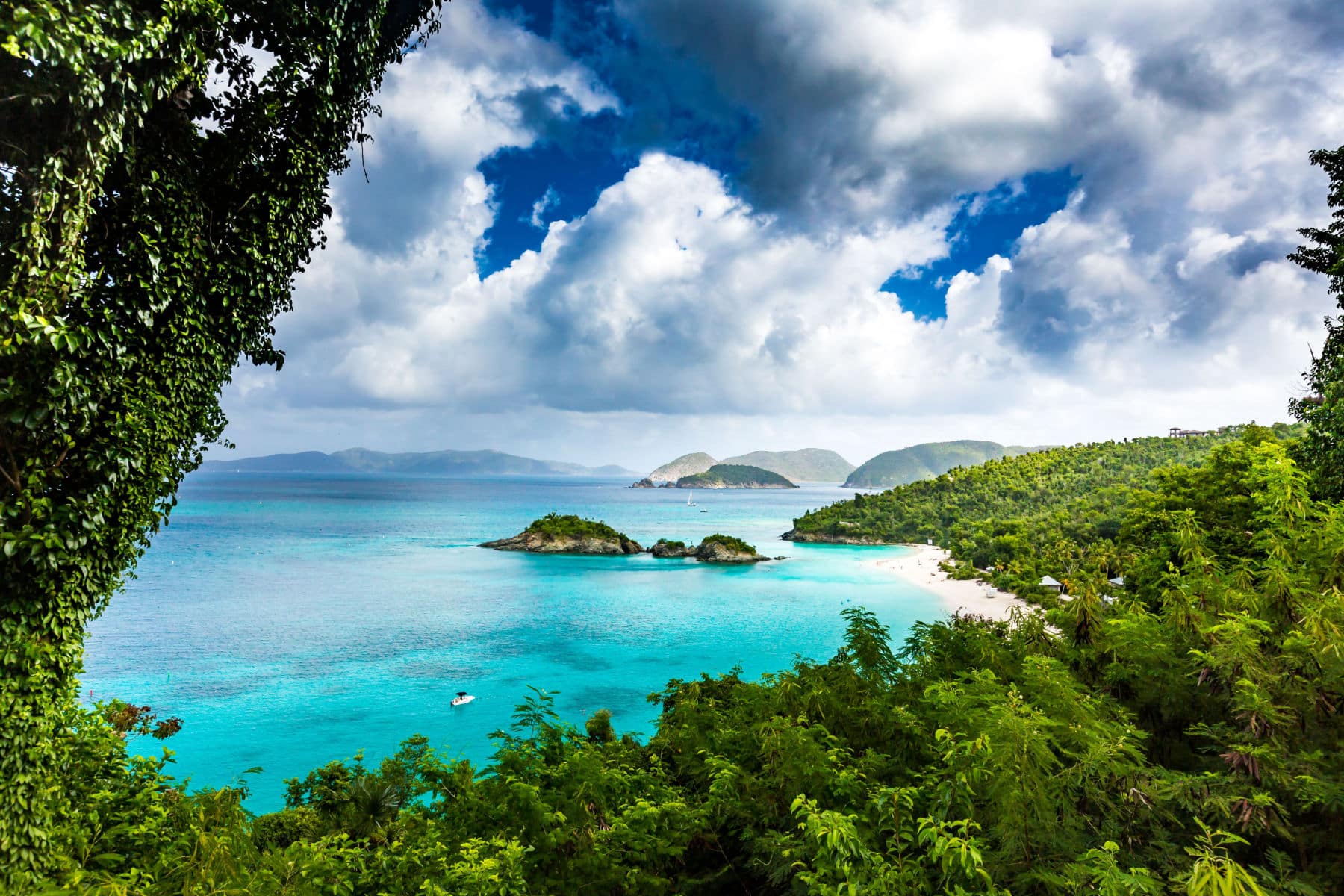
3. The Park Has Several Beautiful Beaches, Including Trunk Bay, Which Is known For Its Snorkeling Trail
Another of the fascinating Virgin Islands National Park Facts has to do with the park’s well known snorkeling trail.
The Underwater Trail at Trunk Bay introduces visitors to the magically colorful world of the coral reef.
Visitors snorkel along above the trail and read the underwater signs to learn about the many animals that depend on the coral and ways to protect these fragile reefs.
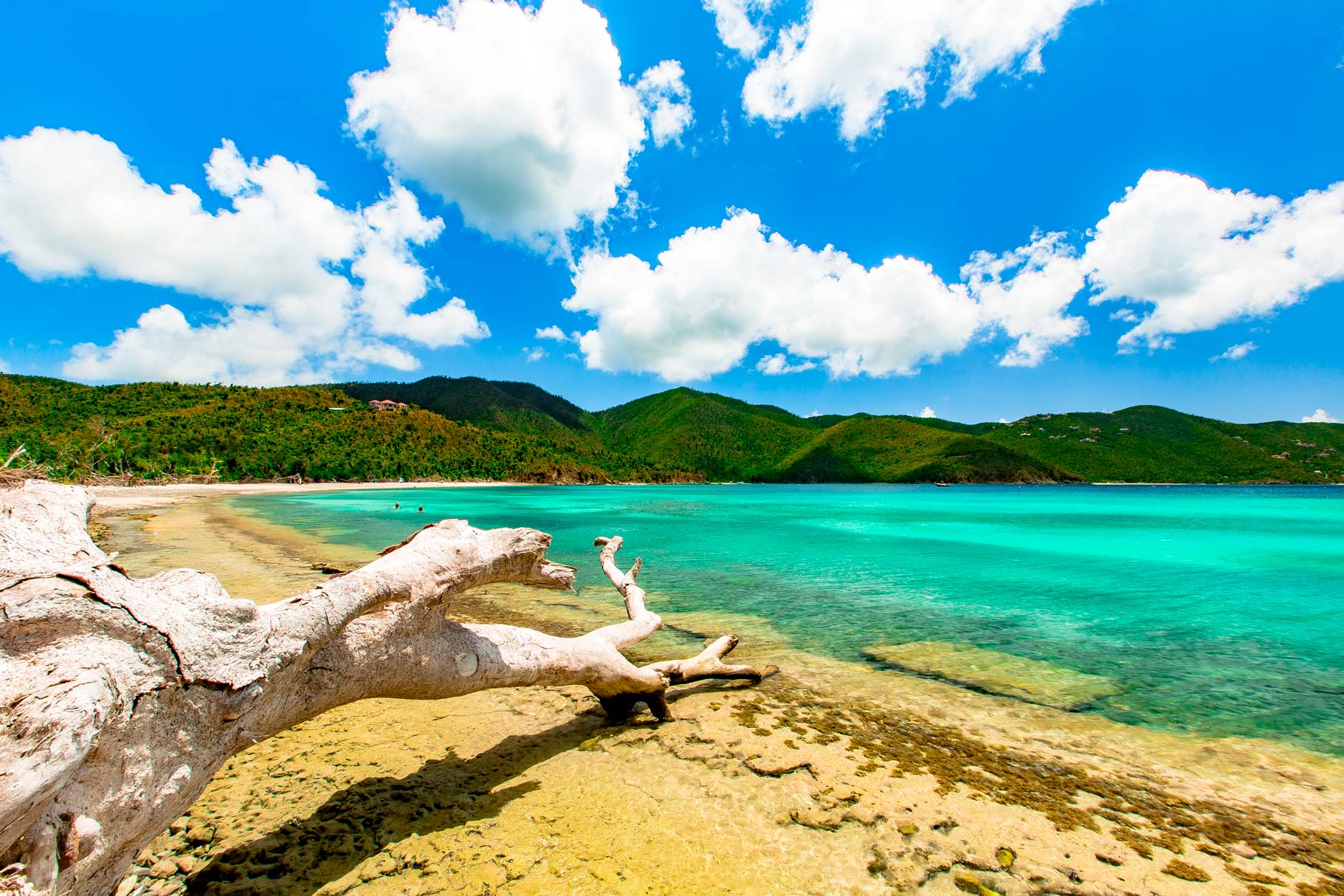
According to the National Park Service, over 40% of Virgin Islands National Park is underwater. Mangrove shorelines, seagrass beds, fringing and patch reefs offer an ample and diverse array of snorkeling opportunities.
CHECK OUT: Virgin Islands National Park – An Expert Guide
4. Virgin Islands Has Some Amazing Beaches
Of course, when you’re thinking about a trip to Virgin Islands National Park, the first thought that likely comes to mind is spending time on some amazing beaches. Trust me, this park will not disappoint you.
One of my favorite Virgin Islands National Park Facts has to do with the amazing beaches available to visitors at this park.
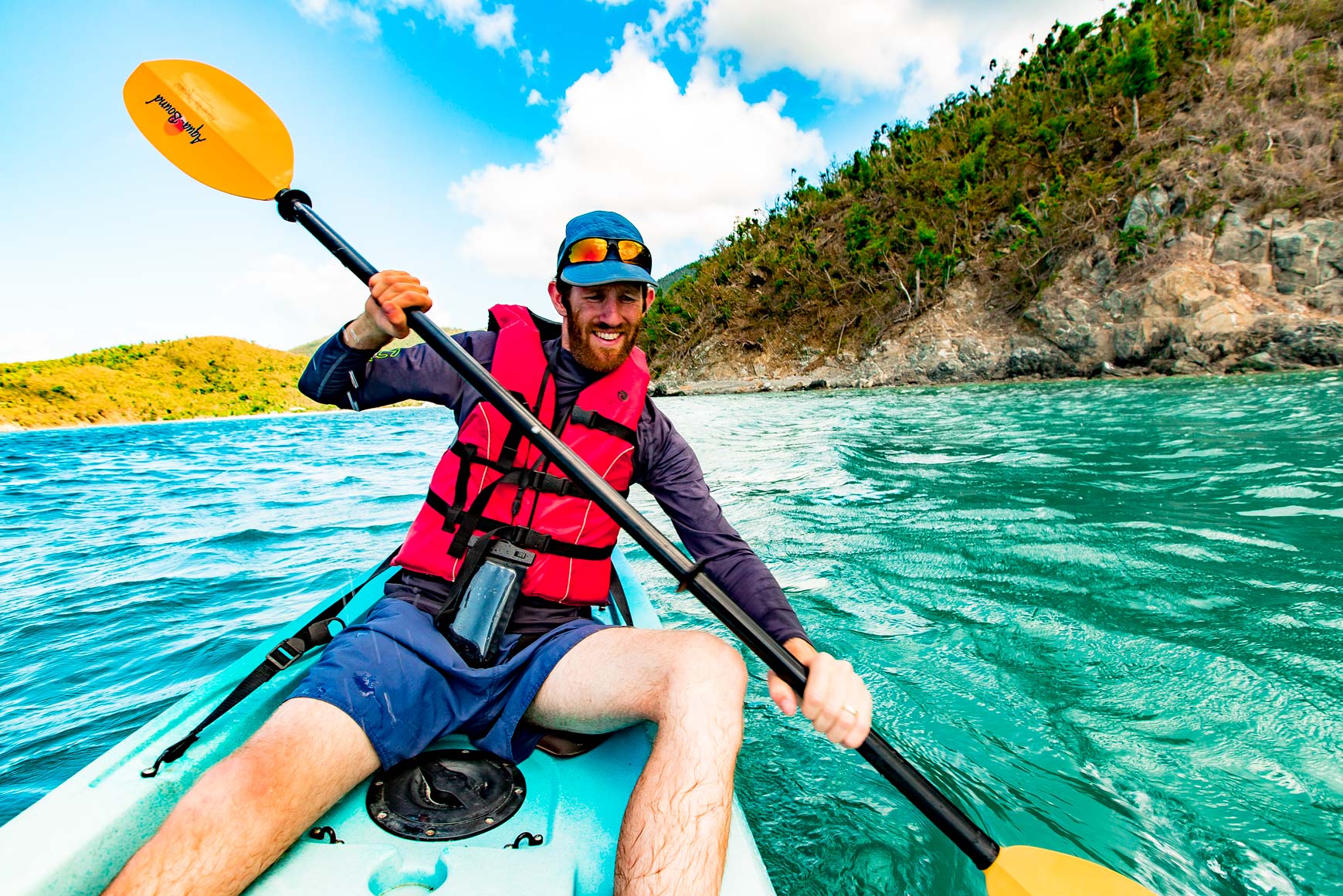
Check Out My Favorite Beaches At Virgin Islands National Park
Below are some of my favorite beaches to visit:
- Salomon/Honeymoon Bay: This place features two white-sand beaches, can be accessed by a short hike from the Virgin Islands National Park sign off North Shore Road, Caneel Bay or by boat. A narrow reef follows the shoreline east of Honeymoon to Caneel Bay. These reef areas provide shelter for a wide variety of colorful fish and other marine creatures.
- Hawksnest Bay: This beach offers three fingers of coral reefs that jut out directly from the shoreline. It is not advisable to snorkel directly over the reef but rather stick to the perimeter of the reefs.The shallow water directly above the reef is dangerous for snorkelers, especially when sea conditions are less than ideal. Snorkeling around the fingers you will see many juvenile fish and other reef creatures in and among the branches of the Elkhorn corals.
- Trunk Bay: It’s the most famous beach in Virgin Islands National Park, often listed among the most beautiful beaches in the world. Trunk Bay is the only beach on St. John with an amenity fee, which is $5 per entrant. These amenities include showers, foot rinses, food and beverage concessions, snorkel rentals, and more. Trunk Bay is also home to the Underwater Snorkel Trial, a great place for beginners and anyone who wants to learn about marine life by reading the plaques along the trail. (Source: NPS)
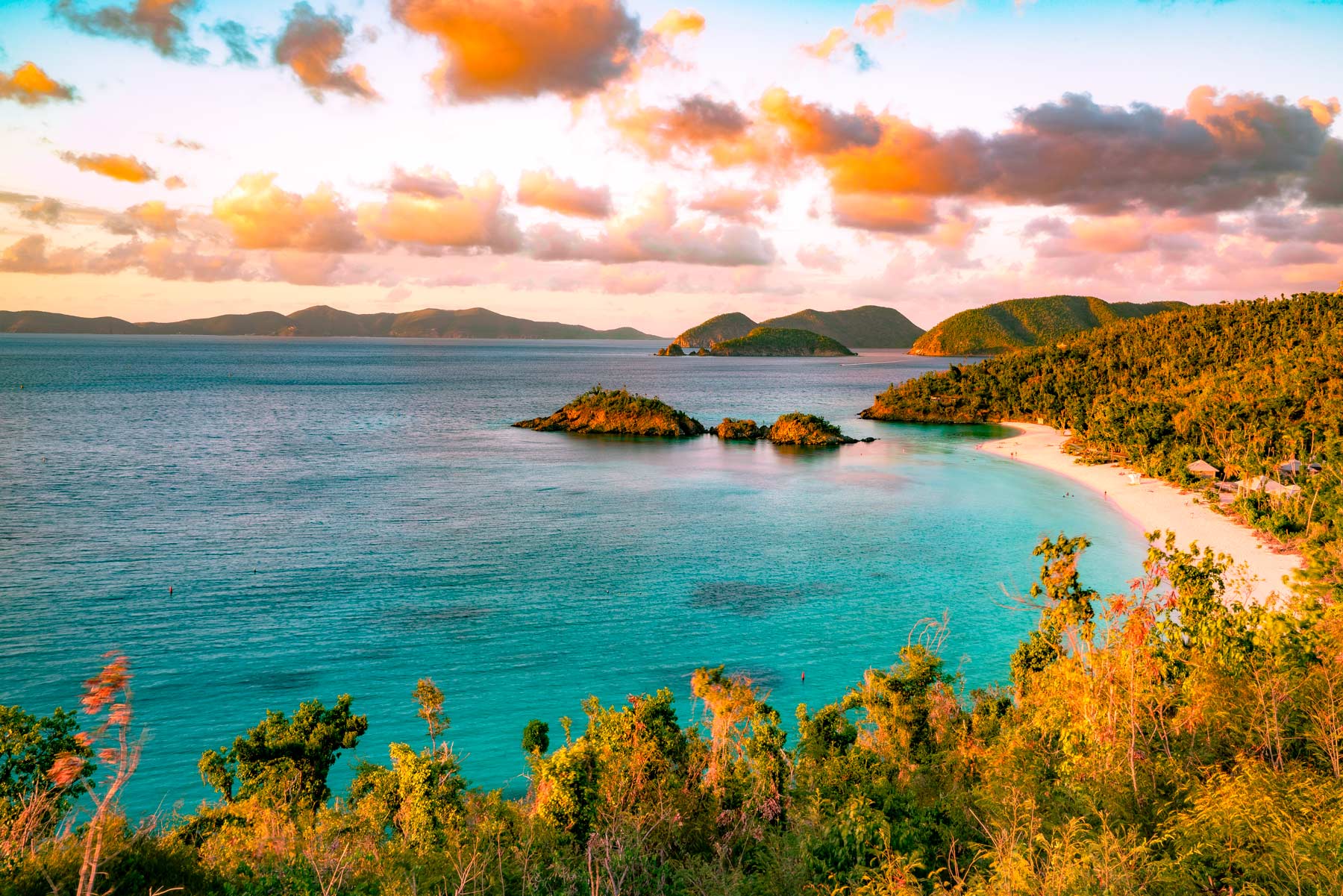
CHECK OUT: Trunk Bay-St. John’s, U.S. Virgin Islands
5. The Park Includes Several Amazing Historical Sites
Now I’m a history guy so you can expect me to come up with some facts related to the historical places of interest.
That having been said, three of my favorites are the Annaberg Sugar Plantation, Cinnamon Bay & Catherineberg Plantation.
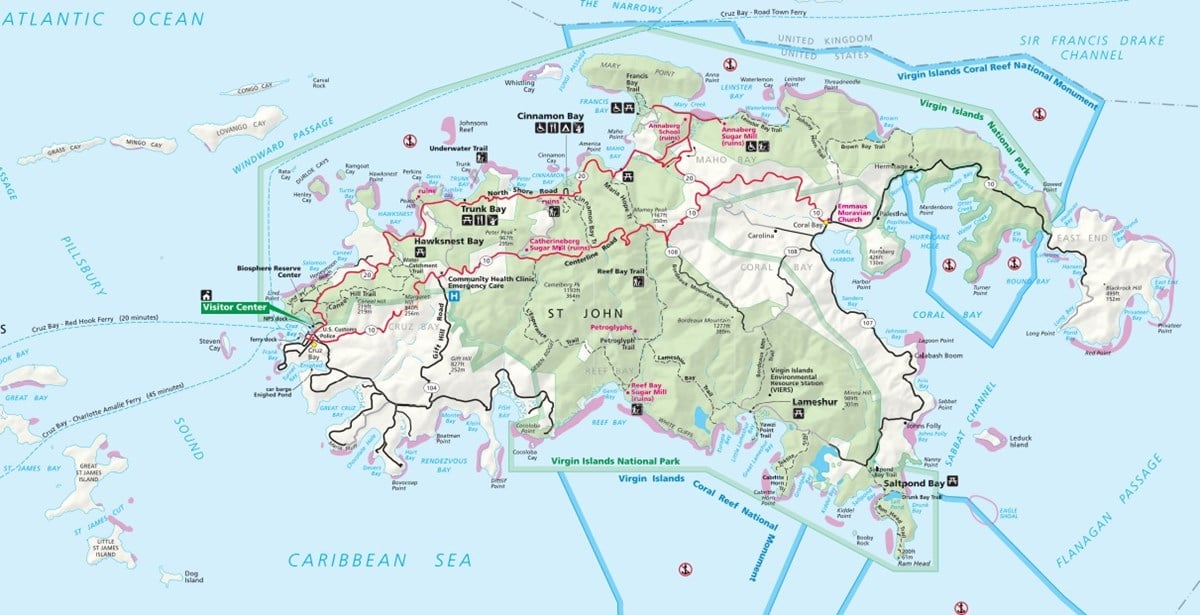
Annaberg Sugar Plantation
Annaberg Plantation is the park’s most accessible historic plantation site. Visitors can tour the remains of enslaved peoples’ quarters, the sugar factory, animal mill, and windmill.
While you’re there, you’ll also learn about the global market for sugar that drove the brutality of slavery and colonialism in the Virgin Islands.
And, you’ll gain a deeper understanding of the oppression, resistance, and culture of enslaved people on St. John.
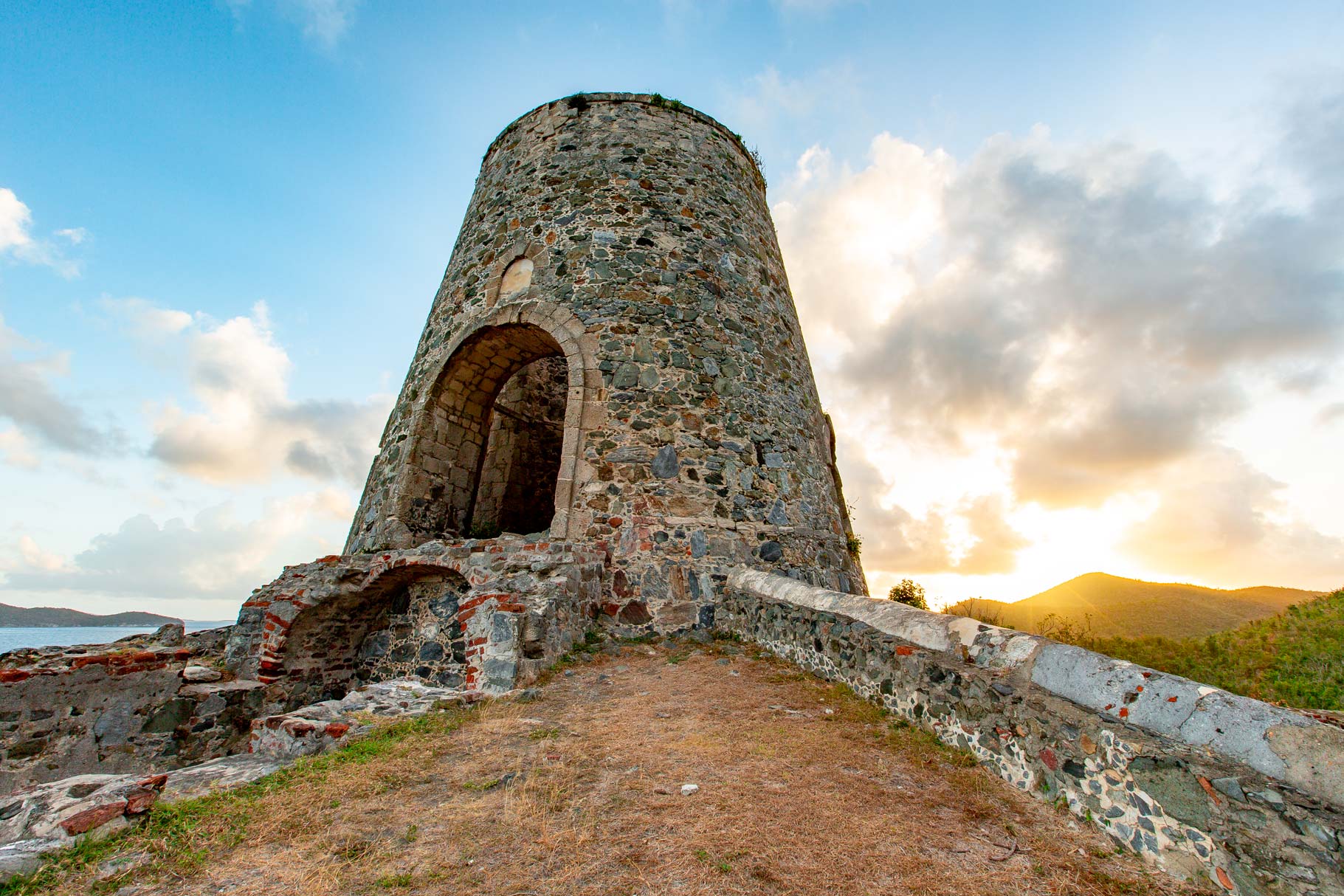
Cinnamon Bay
Many people have called Cinnamon Bay home throughout history, including the Indigenous Taino people who settled in the area.
During the Danish colonial period, a plantation was built and enslaved Africans were brought to the island to work on it.
Today, visitors can explore the ruins along the beach to learn more about the different settlements, and can also take the half-mile Cinnamon Bay Loop Trail to see Danish colonial ruins and learn more about traditional ways of life.
Catherineberg Plantation
The ruins of Catherineberg Plantation are a well-preserved example of a Danish colonial period site.
Like the Annaberg and Cinnamon Bay sugar mill operations, Catherineberg relied on the labor of enslaved people to produce sugar for market.
Visitors to the site can drive to the ruins along a rough road or park at the base of the hill and hike up to the site.
Top 10 Virgin Islands National Park Facts
6. Virgin Islands National Park Offers Some Amazing Hiking Trails
If you’re someone who loves a beautiful hike then this next Virgin Islands National Park Fact is for you. The park offers some amazing hiking trails.
If you’re looking for a strenuous hike then there’s the Reef Bay Hike. It will take you past some of the oldest and tallest trees on the island.
Danish sugar plantation ruins, stone walls from cattle grazing, and ancient rock carvings left behind by the pre-Colombian Taino can be found along this trail. Reef Bay plantation production into the early 1900s, long after slavery was abolished in the Danish West Indies.
According to the National Park Service, this back country trail is steep in places, uneven and rocky, and can be slippery even when dry. This means you’ll need sturdy, closed-toe shoes and a sure foot.
Take plenty of water, some snacks and a lunch, and a hat. Mosquito repellent is a good idea, too, and a swimsuit if you’d like to take a dip in the ocean down at the beach at the end of the trail. From the trailhead to the beach is about three miles one way.
Plan on about three and a half hours from trailhead to valley floor; it will take longer hiking the 900 foot elevation gain on the way up and out.
For a list of the other amazing hiking trails in the Virgin Islands National Park check out this helpful site provided by the National Park Service.
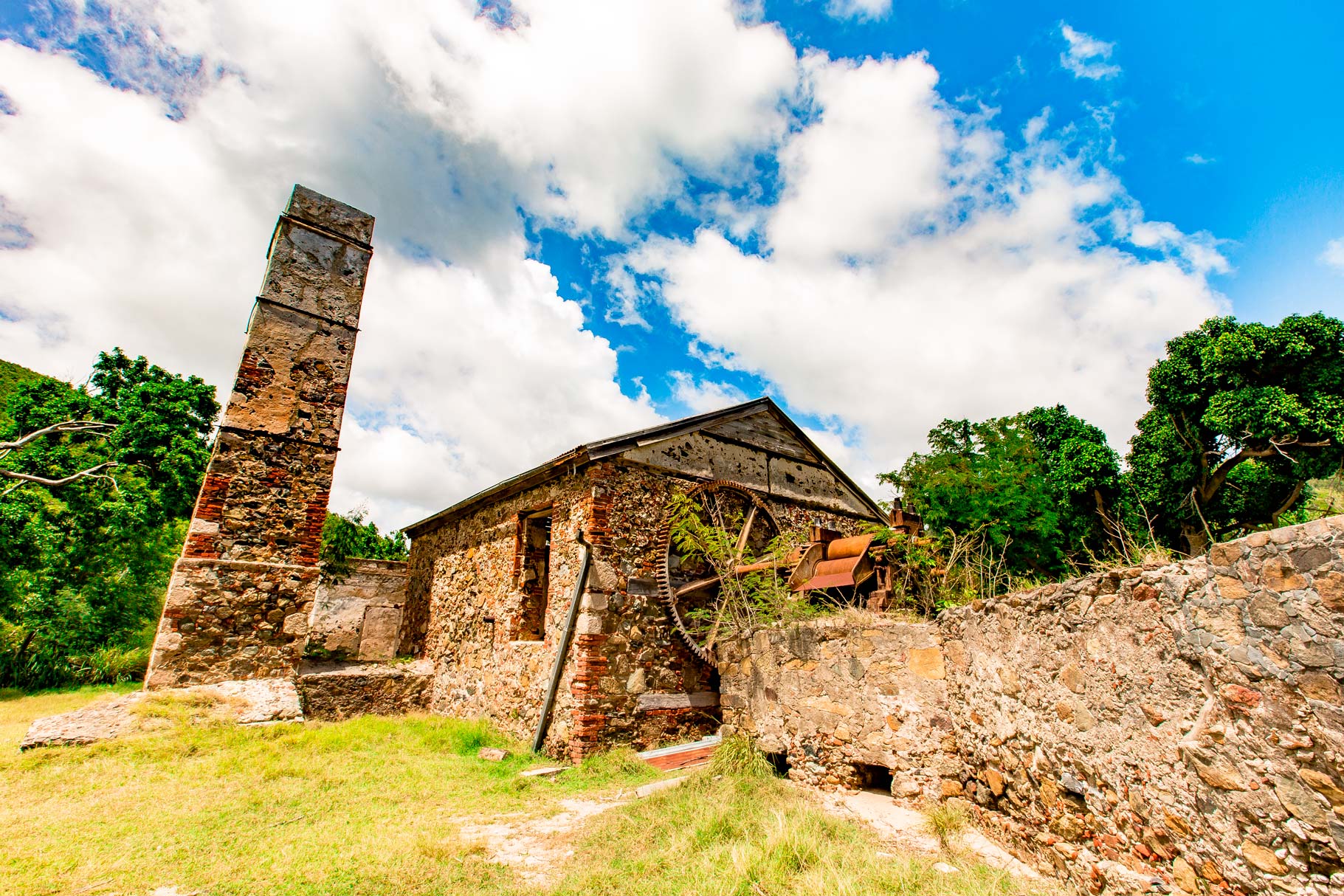
CHECK OUT: Visiting Maho Bay, St. John Virgin Islands
7. The Park Is Home To Some Endangered Species
A trip to Virgin Islands National Park provides its visitors with a unique opportunity to see some of the endangered species located there.
The green turtle, leatherback turtle and hawksbill turtle are all sea turtles that were once very common to coastal waters, coral reefs and sea grass beds around the U.S. Virgin Islands. All three species nest on sandy beaches, some of which are protected in order to prevent further harm to the turtle population.
Another endangered species is the Small Virgin Islands Boa. It has a distinct mottled pattern, light grey-brown with dark brown markings and a cream colored belly with dark markings. They are known to live in steep coastal forest among dry rocky soil.
It has become endangered due to large-scale habitat destruction and its demise was greatly impacted by the introduction of the mongoose.
8. Virgin Islands National Park Is Home To A Wide Variety Of Plant & Animal Life
If you enjoy the flora and the fauna then our next Virgin Islands National Park Fact is one you’ll definitely enjoy.
Virgin Islands National Park is home to a diverse array of natural resources.
The park is home to 140 species of birds, 302 species of fish, 7 species of amphibians, 22 species of mammals, and 740 species of plants. In addition, there are about 50 coral species and numerous gorgonians and sponges making St. John a great place for snorkeling and diving.
The only mammal native to St. John is the bat. Some bat species are important pollinators of many floral species on the island and also play a key role in seed dispersal for many fruit-bearing trees and shrubs.
Other species of bats consume large amounts of insects, including mosquitoes, making them important for controlling pests.
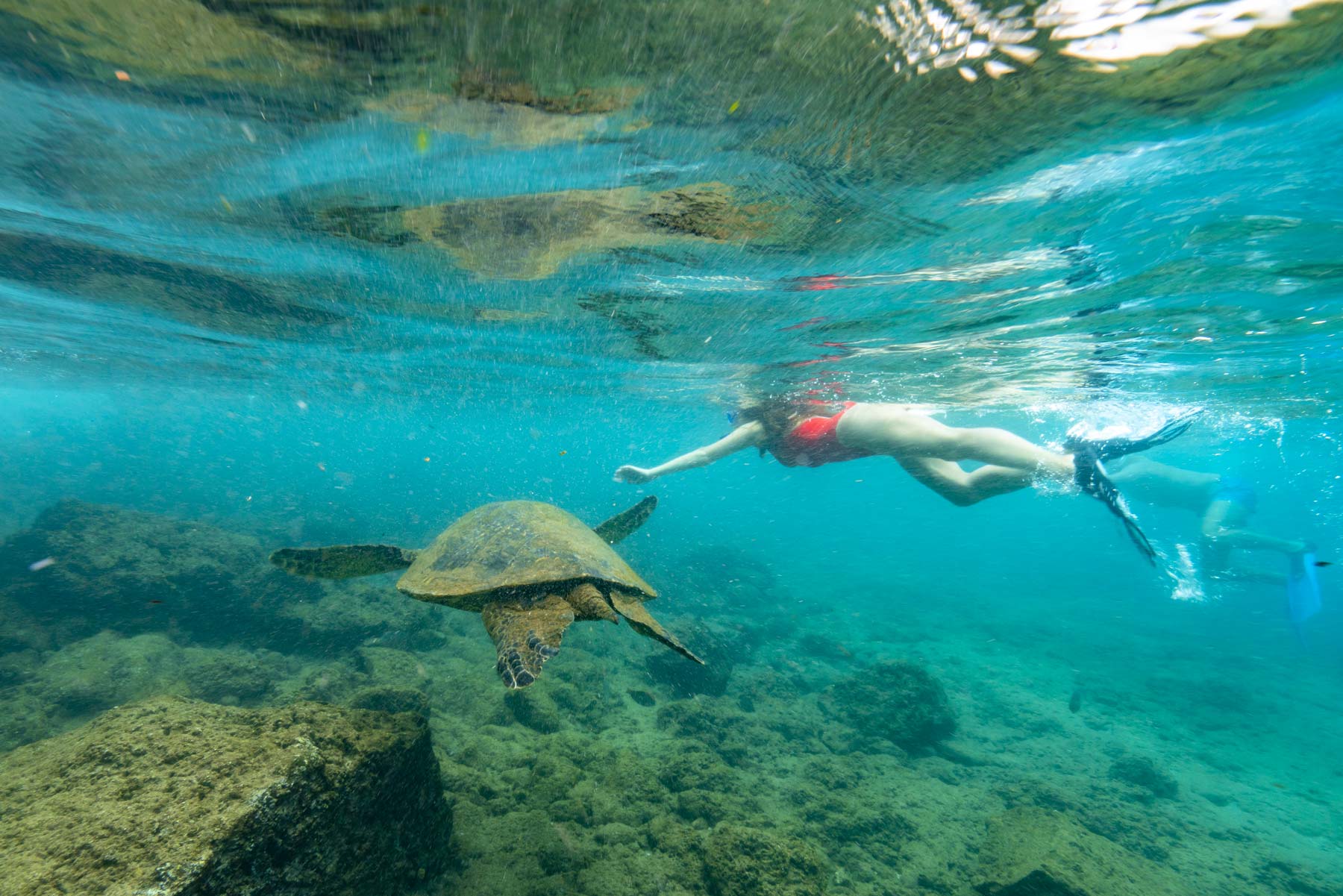
And Let’s Not Forget About The Plants
More than 800 subtropical plant species grow in areas from moist, high-elevation forests to desert-like terrain to mangrove swamps. Among them are mangoes, soursops, turpentine trees, wild tamarind, century plants, and sea grapes.
Virgin Islands National Park contains some of the most diverse dry tropical forests in the Caribbean with more than 700 native or naturalized plants.
Much of the island was cleared during the Danish colonial era, when a great deal of the original forest was altered through grazing, agriculture and development.
Within the 7000 acres of park land much of the island has since been allowed to return to forest.
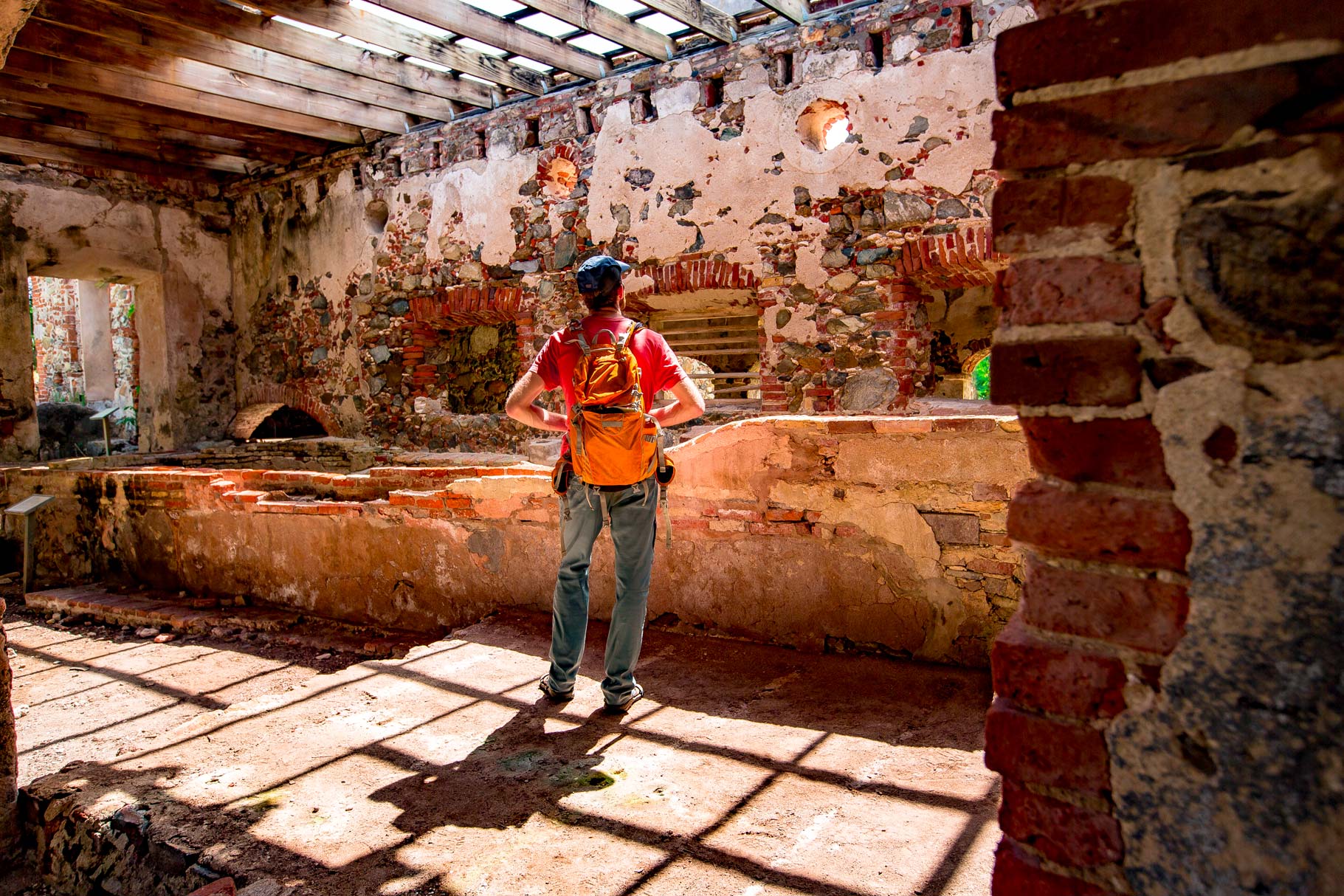
9. The Park Has Been A Prime Filming Location For Hollywood
I’m a film buff so I love to learn about which national parks have made cameo appearances in some of Hollywood’s films.
In the case of Virgin Islands National Park, the following films feature scenes filmed there:
- The Curious Case of Benjamin Button (2008)
- The Bold and the Beautiful (1987– )
- The Twilight Saga: Breaking Dawn – Part 1 (2011)
- The Frogmen (1951)
- 1492: Conquest of Paradise (1992)
- Open Water (2003)
- The Family (1970)
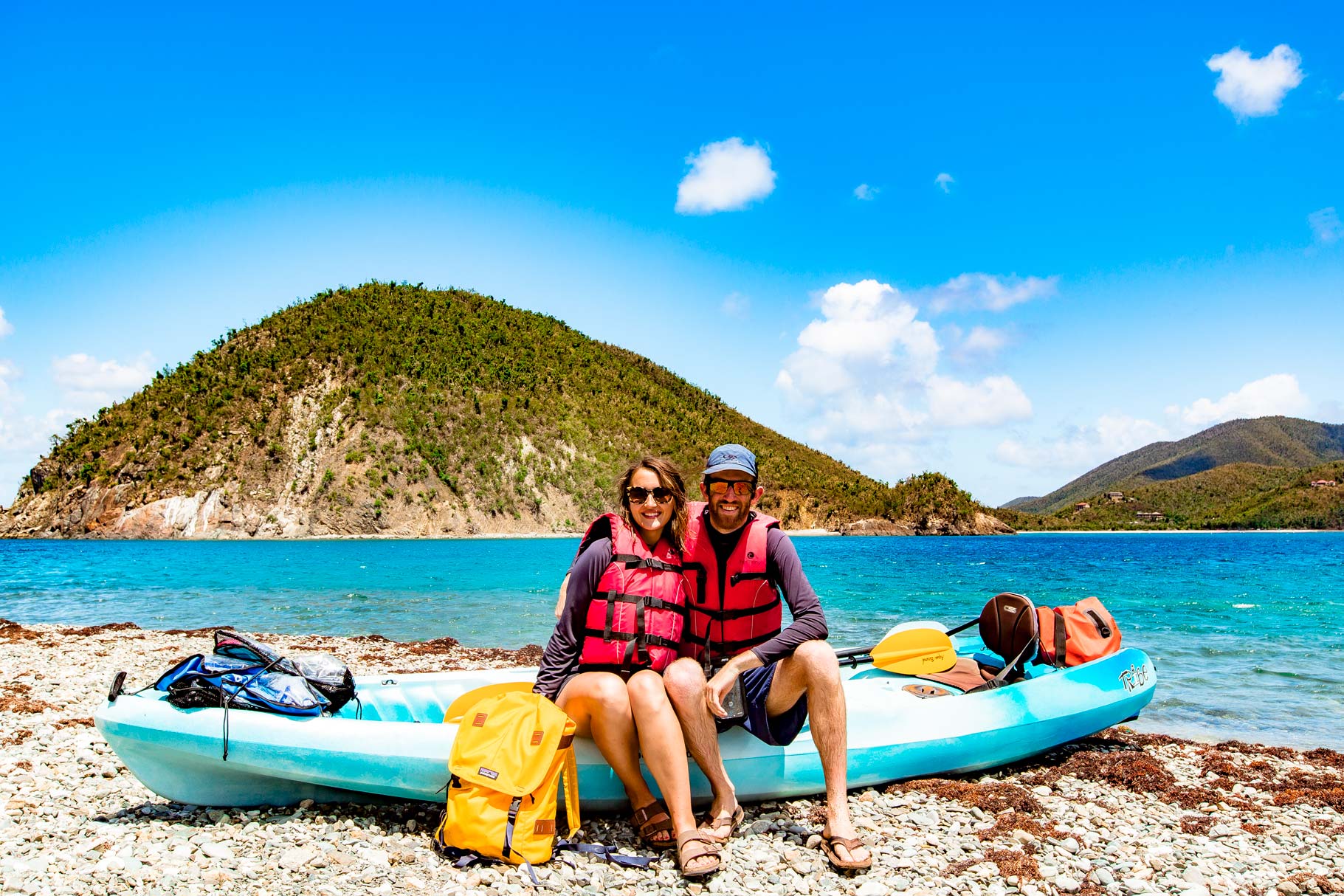
CHECK OUT: Look Familiar? 25+ CLASSIC Movies Films In The National Parks
10. More Than Just Parks Made A Stunning 3-Minute Tour Of Virgin Islands National Park
Now you may accuse me of bias, but my favorite Virgin Islands National Park Fact is the final one.
We made a stunning 3-minute film highlighting Virgin Islands National Park. I hope you’ll check it out.
More Than Just Parks is the ONLY place you can go to find expert guides, beautiful photos, helpful tips, breathtaking films and so much more.
VIRGIN ISLANDS 8K is a visually stunning journey through one of the most beautiful national parks in the world, Virgin Islands. Journey with More Than Just Parks as we explore this tropical paradise located on the outskirts of the Caribbean Sea. Swim with sea turtles, explore ancient jungle ruins, relax on white sand beaches, and soak in the island beauty. This is Virgin Islands National Park!
To make this film we spent weeks on the island of St John (part of the US Virgin Islands) hiking every trail in Virgin Islands National Park and swimming every bay (for good measure).
We visited the park after the 2017 hurricane maria damage and were frankly quite surprised by what we saw. When you look at a lot of the photos and video online it does not represent what exists in the park today.
All of our footage represents the park in it’s current, post-hurricane, status.Filming locations included: Trunk Bay, Maho Bay, Lameshur Bay, Cinnamon Bay, Reef Bay (trail, ruins, & sugar mill), Annaberg Plantation Ruins, Ram Head, Caneel Hill Trail, Margaret Hill, Catherineberg Ruins, Honeymoon Beach, Salomon Beach, Francis Bay, Waterlemon Cay, Little Lameshur Bay, and so much more.
To see our full Virgin Islands National Park guide: Virginia Islands National Park – An Expert Guide
Why Trust Us About Virgin Islands National Park?
We’re Jim Pattiz and Will Pattiz, collectively known as the Pattiz Brothers (and sometimes the Parks Brothers) and we absolutely LOVE the national parks.
You should probably know that we don’t just make this stuff up out of thin air. We’ve spent our entire adult lives exploring and filming America’s national parks and public lands.
We’ve worked with the National Park Service, the Department of Interior, USDA, and the U.S. Forest Service for years creating films on important places and issues. Our work has been featured in leading publications all over the world and even some people outside of our immediate family call us experts on the national parks.

Meet The Parks Brothers
Map Of Virgin Islands National Park
List Of Virgin Islands National Park Facts
- The Park Was Established In 1956 As A Gift From Laurance Rockefeller
- Four Individuals Played An Indispensable Role In The Creation Of Virgin Islands National Park
- The Park Has Several Beautiful Beaches, Including Trunk Bay, Which Is known For Its Snorkeling Trail
- Virgin Islands Has Some Amazing Beaches
- The Park Includes Several Amazing Historical Sites
- Virgin Islands National Park Offers Some Amazing Hiking Trails
- The Park Is Home To Some Endangered Species
- Virgin Islands National Park Is Home To A Wide Variety Of Plant & Animal Life
- The Park Has Been A Prime Filming Location For Hollywood
- More Than Just Parks Made A Stunning 3-Minute Tour Of Virgin Islands National Park
We Hope You’ll Follow Our Journey
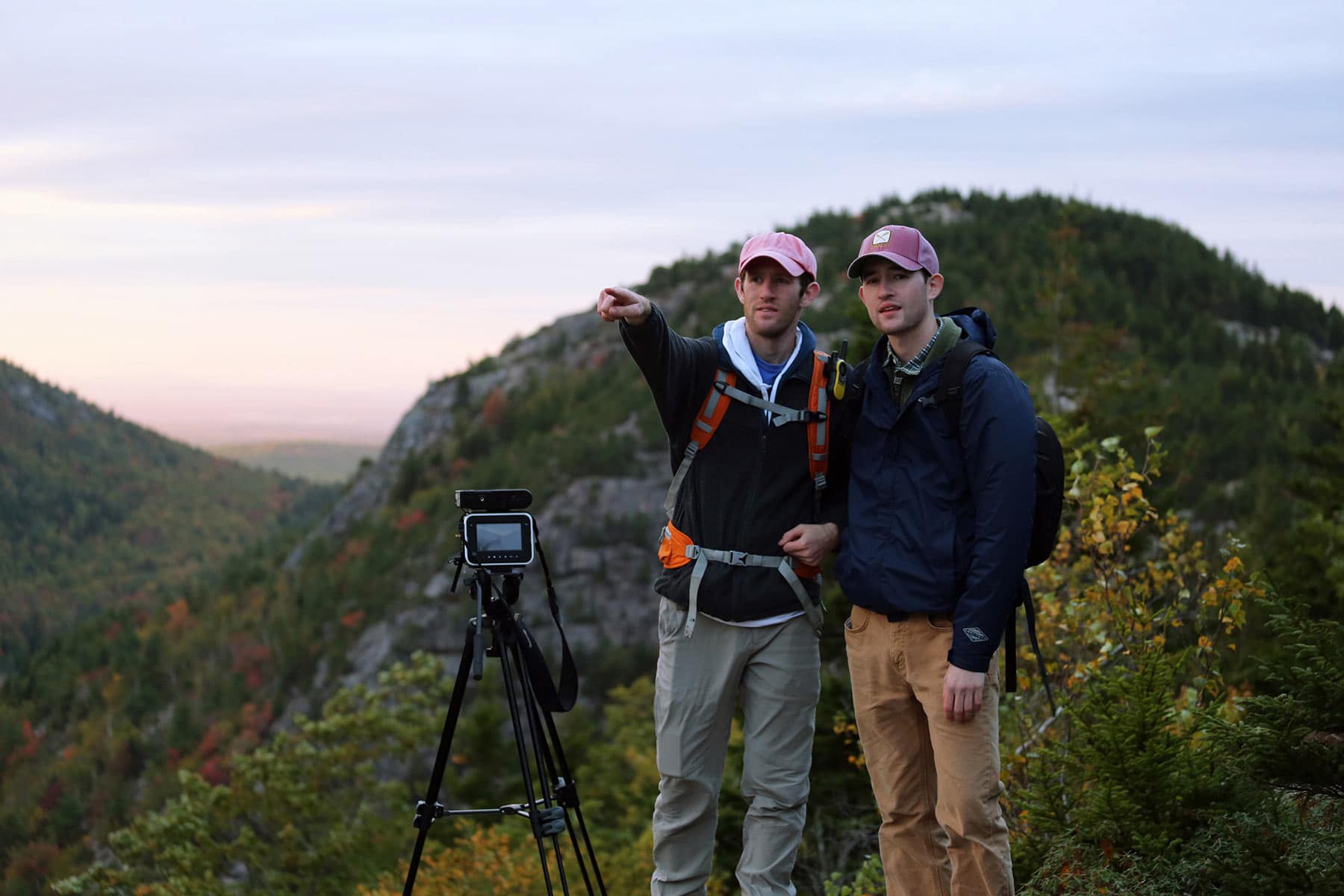
Our goal here at More Than Just Parks is to share the beauty of America’s national parks and public lands through stunning short films in an effort to get Americans and the world to see the true value in land conservation.
We hope you’ll follow our journey through the parks and help us to keep them the incredible places that they are. If you’re interested joining the adventure, sign up below!
Helpful Articles
Virgin Islands National Park – An Expert Guide
Visiting Maho Bay, St. John Virgin Islands
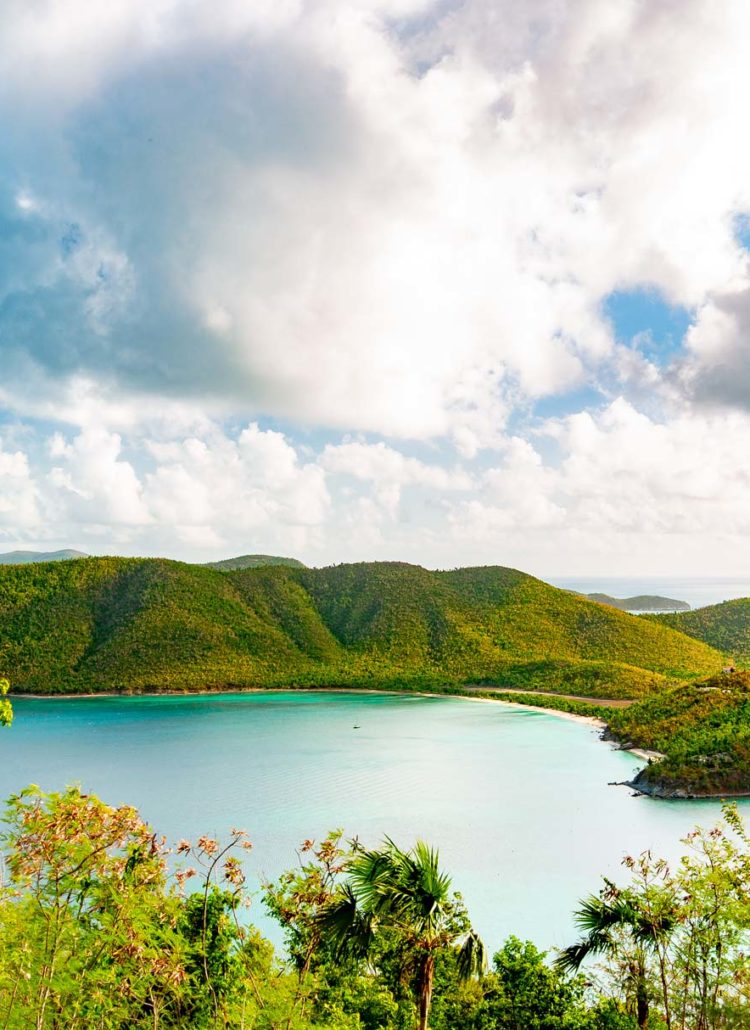
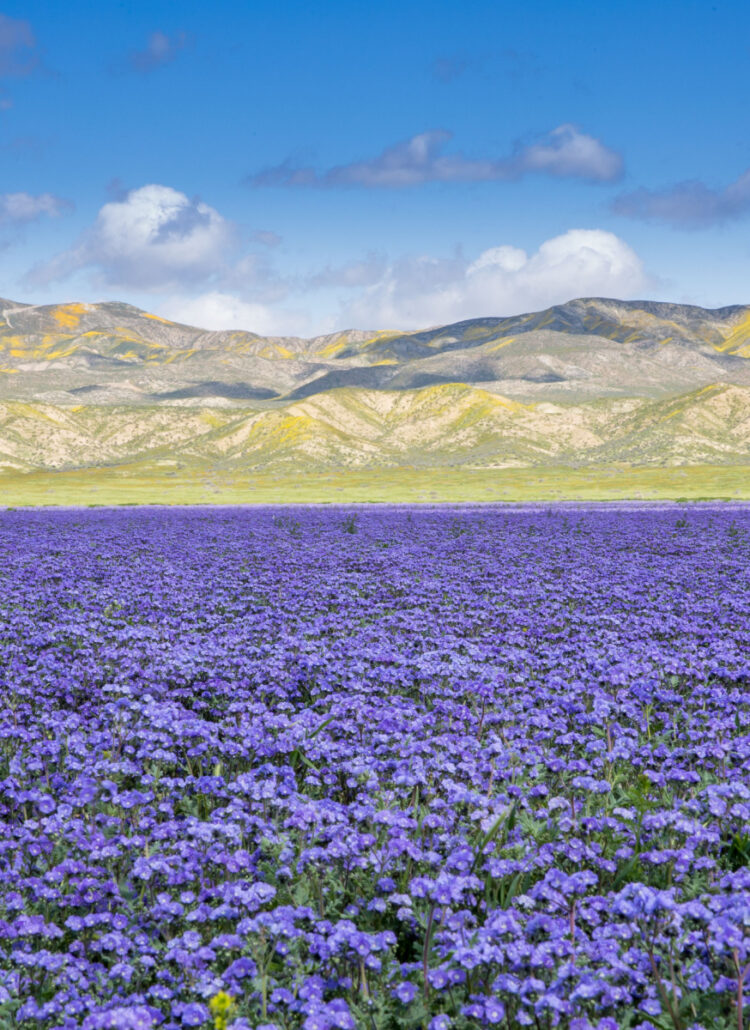
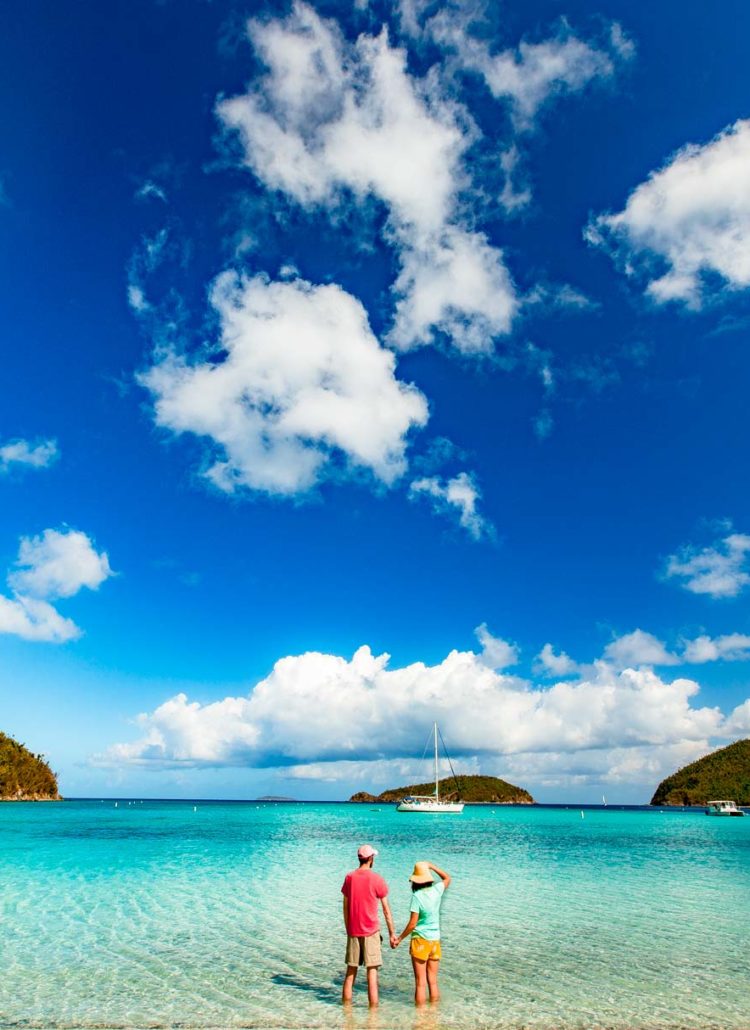
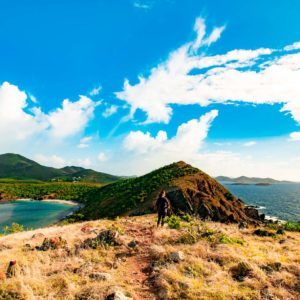

Leave a Reply